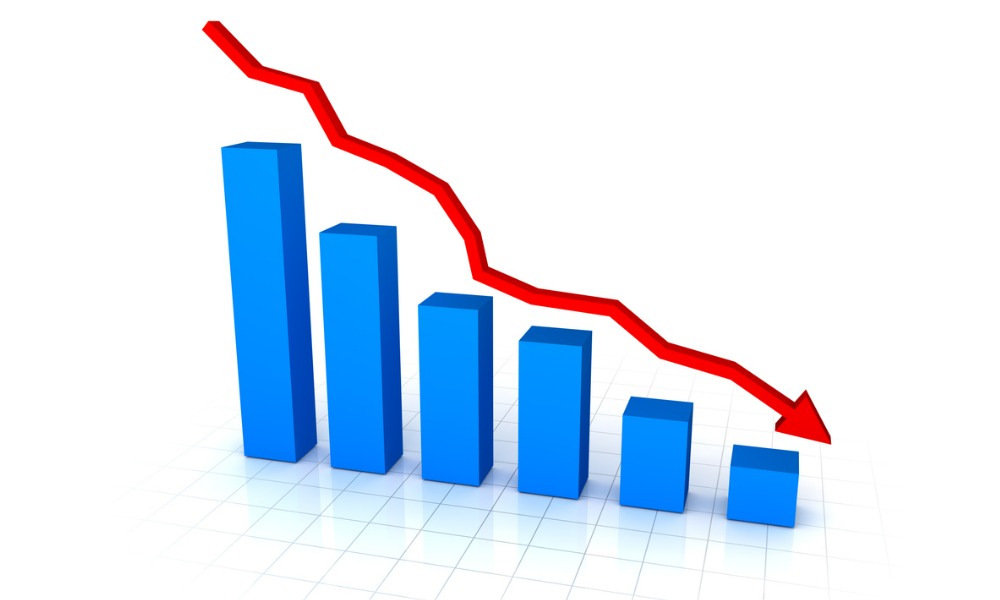More than 40% of house and unit markets drop in value

The housing market downturn is gathering momentum as continued rate hikes, rising inflation and weaker consumer confidence impact housing values.
According to new data from CoreLogic, 41.9% of house and unit markets analysed in the June quarter declined in value – a significant increase from Q1, when 23.6% of markets recorded a decline.
Using the CoreLogic Home Value Index, 3,085 capital city house and unit markets were analysed to provide a national overview of quarterly and annual changes in median home values.
CoreLogic economist Kaytlin Ezzy said the new data showed a significant spike in the proportion of declining markets compared to March, when values were falling primarily in Sydney and Melbourne.
“This analysis captures two of the three recent rate hikes, so it’s not surprising to see the added downward pressure has had a broader impact on the housing market,” Ezzy said. “Signs of a slowdown and falls in value were already evident before the rate rises, but are now becoming more widespread across Sydney and Melbourne, and are beginning to impact the more expensive areas of Brisbane, Canberra and Hobart. Historically, premium suburbs are more volatile than the more affordable areas; values shoot up much faster during an upturn, but are among the first to fall during a declining market.”
Read next: Bank ratings should withstand housing slowdown – report
According to the CoreLogic Home Value Index, national dwelling prices declined -0.2% during the June quarter, with every capital city and broad rest-of-state region well past their peak growth rate.
Growth conditions in Sydney weakened significantly during the quarter, with home values dropping 3%. Although 81.1% of house markets analysed posted a fall in values over the quarter, three out of four suburbs still had a median house value of more than $1 million, with no house markets under $500,000.
Ezzy said that due to relative affordability, Sydney’s unit market was slightly more resilient than its house market, with unit values dropping 2.1% over the quarter.
The slowdown previously seen across Melbourne’s inner east has become more widespread, CoreLogic reported. Eighty per cent (80%) of the city’s house markets dropped in value over the quarter, while almost 60% of unit markets fell.
“Units nationally have proven to be slightly more resilient than house markets, which largely comes down to affordability,” Ezzy said. “While units in some of those more expensive inner-city areas are starting to decline nationally, fewer unit markets fell over the quarter than houses.”



